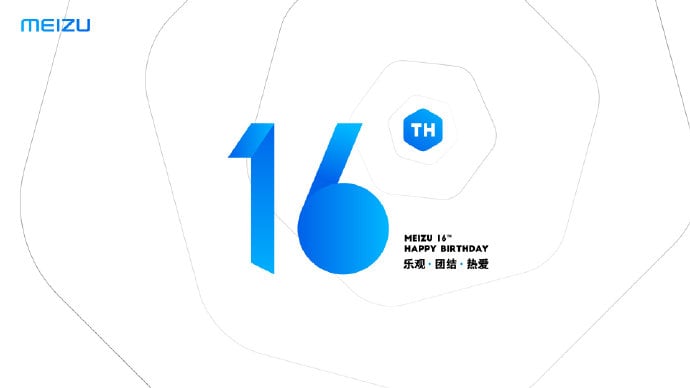Meizu’s ride in the smartphone industry has been quite bumpy. Initially, the company went head-on with Xiaomi and its smartphones but soon, the recently listed company picked up pace, fueled by its global expansion. On the other hand, Meizu is still struggling to do well in China. Internationally, things are even worse. While I didn’t want to start the article painting a bad picture for Meizu, this is reality right now. But we shouldn’t write them off yet. They have a lot of fighting spirit and their smartphones in recent times have shown promise. What I like about the company is that they usually have a unique take to their products and often resist following the norm. And that’s what makes them special.
Today, Meizu has turned 16. It’s been a long journey for them so far, founded and steered by Jack Wong since 2003. In the past 16 years, they have achieved a lot of milestones. So, let’s take a quick look at some of the most important moments for the company so far.
- Meizu was founded by Jack Wong on March 14, 2003. The company started off as a MP3 manufacturer since Mr. Wong had previous experience in this industry.
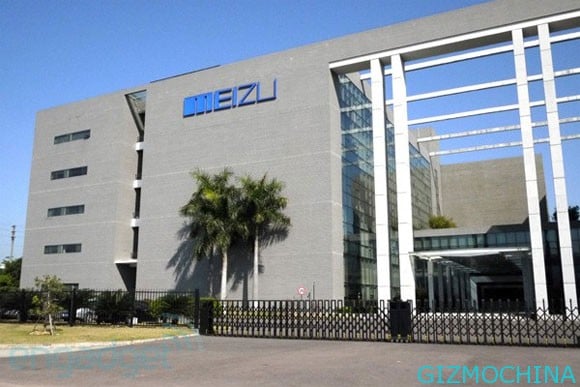
- Meizu is headquartered in Zhuhai, a beautiful city known for its golf resorts and theme parks. This is unlike other tech companies who are usually based out of industrial cities like Shenzhen (OnePlus, Huawei, ZTE) or Dongguan (OPPO, Vivo) or even Beijing (Xiaomi, Smartisan).

Zhuhai (source: Chinadaily.com.cn) - Meizu’s MP3 Players quickly became popular. The company made its name from its M series, which quickly rose to fame. This was followed by the popularity of its M6 Mini MP4 player. Turns out, we have a very old article about Meizu’s MP3 player journey, you can check it out here.
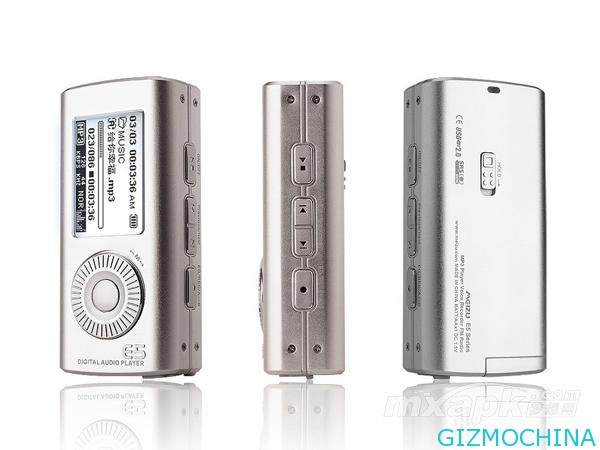
- While it’s unverified, it’s said that Meizu had made 30 MP3 Players in total but decided only to release 10 players in the market. The rest were scrapped because Jack Wong didn’t think they were good enough.
- After their tremendous success in making MP3 and MP4 players, Meizu released their first touchscreen smartphone, M8 in 2008. The phone was similar to the iPhone and turned out to be successful leading to long queues in front of its stores. Note that the phone was running Windows CE.
- Meizu’s first Android smartphone came in 2011, under the Meizu M9 brand name. This was another phone which was quite popular, with people lining up overnight outside its stores just to get hold of a unit.

- In 2012, Meizu announced the first model in their new MX series, called Meizu MX. The phone came with a quad-core processor with the company’s own Flyme OS skin on top.
- In the same year, Flyme 1.0 was released, the company’s own take at Android skins. You can read more about the evolution of Flyme OS here.
- In 2013, Meizu released the World’s first 128GB ROM smartphone, the Meizu MX3.
- In March 2015, Meizu partnered with Canonical to release the Meizu MX4 Ubuntu edition. There was another Ubuntu edition model released, Meizu Pro 5 Ubuntu, in 2016.
- In the same year, (2015) Meizu unveiled its innovative mBack physical button. One button replaced all other capacitive buttons for navigation. It was indeed an innovative solution for UI navigation.
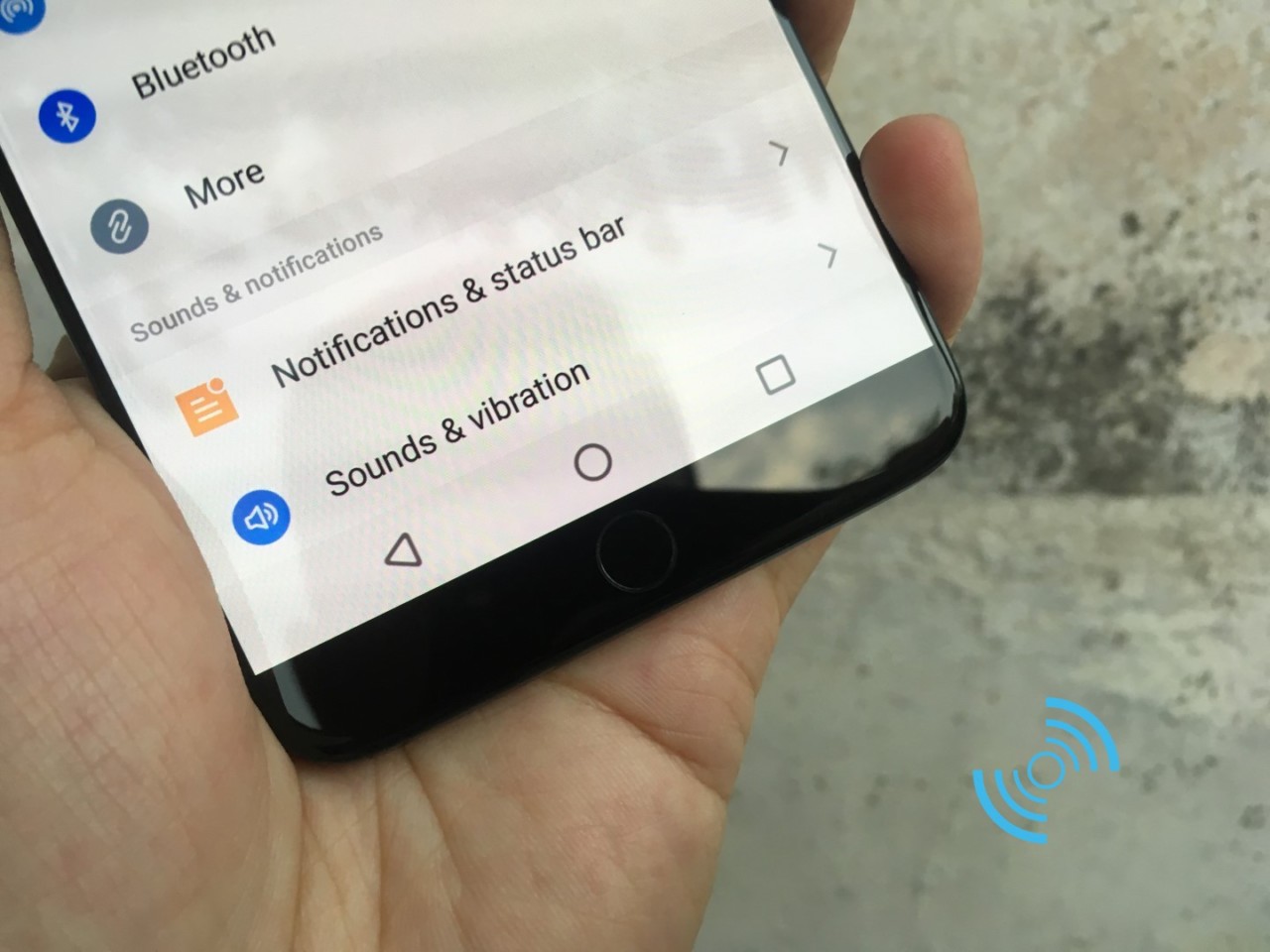
- In 2018, Meizu released the Meizu 16th series, a lineup of high-end smartphones. The phone was popular for its design which didn’t adopt the trending notch design.
- The company’s most recent launch is the Meizu Note 9. The phone was announced earlier this month and comes with a 48MP camera. Oh yes, the phone has a waterdrop notch.
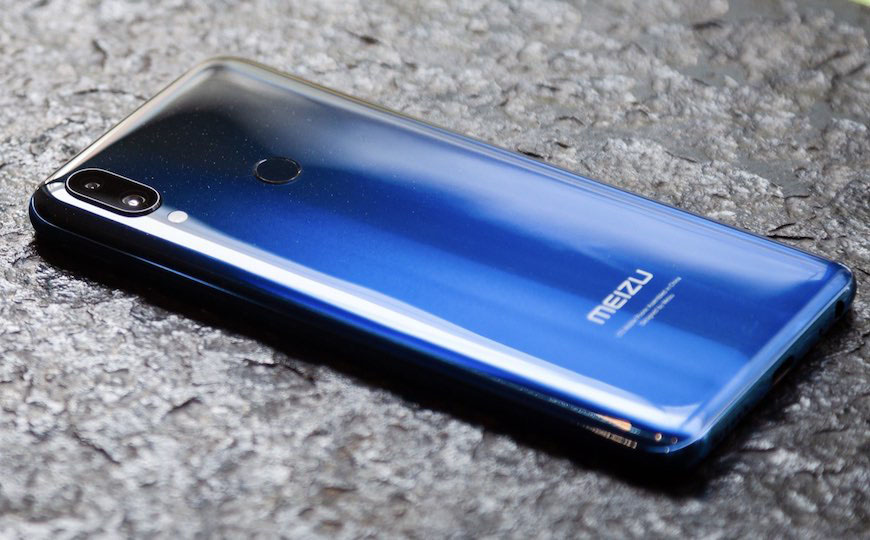
As you can see, Meizu has a lot more to boast about in the first half of its existence than its second. The company has been trying out a few things in the past few years, but things haven’t really worked out well. For example, there was this beautiful Meizu Gravity speakers which had a floating design but got a lot of bad press for failing to ship to its Indiegogo backers. The company made it available nearly two years later.
Further, the Meizu Zero, a completely port-less, hole-less smartphone concept turned out to be a marketing failure. The phone was being showcased at MWC, but hardly got any press. Well, the phone did look and feel beautiful but it was basically overshadowed by all the big launches out there. Not to mention that their crowdfunding campaign failed to get enough backers.
Meizu’s recent smartphones are still pretty good. However, the company doesn’t really know how to market and promote its smartphones. This has been a very big issue for the company over the past few years, especially when companies like OPPO, Vivo, Huawei, and even Xiaomi have mastered the art of promoting their smartphones.
With the entry of OPPO and Vivo in the value for money segment, things are further going to be harder for Meizu. It will definitely be a tough road for the company from here on but I hope the company learns from its mistakes and continues to make good quality smartphones for its fans.
Happy 16th Birthday, Meizu.

